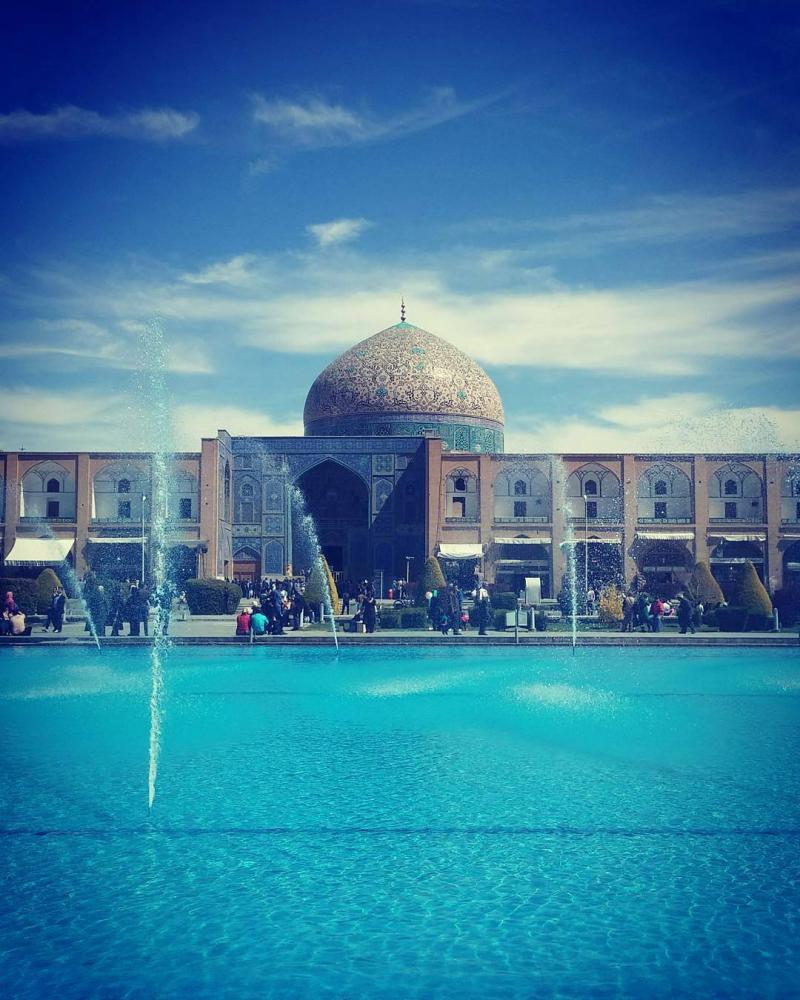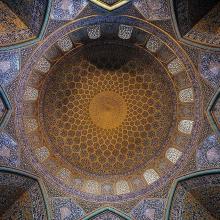
About this photo
Of the four monuments that dominated the perimeter of the Naqsh-e Jahan Square, this one was the first to be built.
The purpose of this mosque was for it to be a private mosque of the royal court, unlike the Masjed-e Shah, which was meant for the public. For this reason, the mosque does not have any minarets and is of a smaller size. Indeed, few Westerners at the time of the Safavids even paid any attention to this mosque, and they certainly did not have access to it. It wasn't until centuries later, when the doors were opened to the public, that ordinary people could admire the effort that Shah Abbas had put into making this a sacred place for the ladies of his harem, and the exquisite tile- work, which is far superior to those covering the Shah Mosque.
To avoid having to walk across the maydān when getting to the mosque, Shah Abbas had the architect build a tunnel spanning across the piazza, from the Ali Qapu palace, to the mosque. When reaching the entrance of the mosque, one would have to walk through a passage that winds round and round, until one finally reaches the main building. Along this passage there were standing guards, and the obvious purpose of this design was for the women of the harem to be shielded as much as possible from anyone entering the building.[4] At the main entrance of the mosque there were also standing guards, and the doors of the building were kept closed at all times. Today, these doors are open to visitors, and the passage traversing underneath the field is no longer in use.
Sheikh Lutfallah
Throughout history, this mosque has been referred to by different names. For Junabadi it was the mosque with the great dome (Masjed-e qubbat-e ’azim) and the domed mosque (qubbat masjed), while contemporary historian Iskandar Munshi named it the mosque of great purity and beauty.[5] On the other hand, European travellers, such as Jean Chardin referred to the mosque using the current name, and Arabic inscriptions within the mosque, done by calligrapher Baqir Banai, also include the name of Sheikh Lutfallah. In addition, the reckonings of Muhibb Ali Beg, the imperial treasure holderer, show that the Imam's salary came directly from the imperial household resources. All this suggests that not only was the building indeed named after Sheikh Lutfallah, but also, that this famous imam
Sheikh Lotfollah Mosque photos in Iran






Other penpals in Iran

























